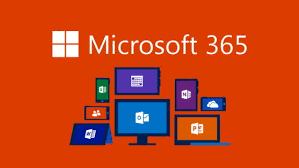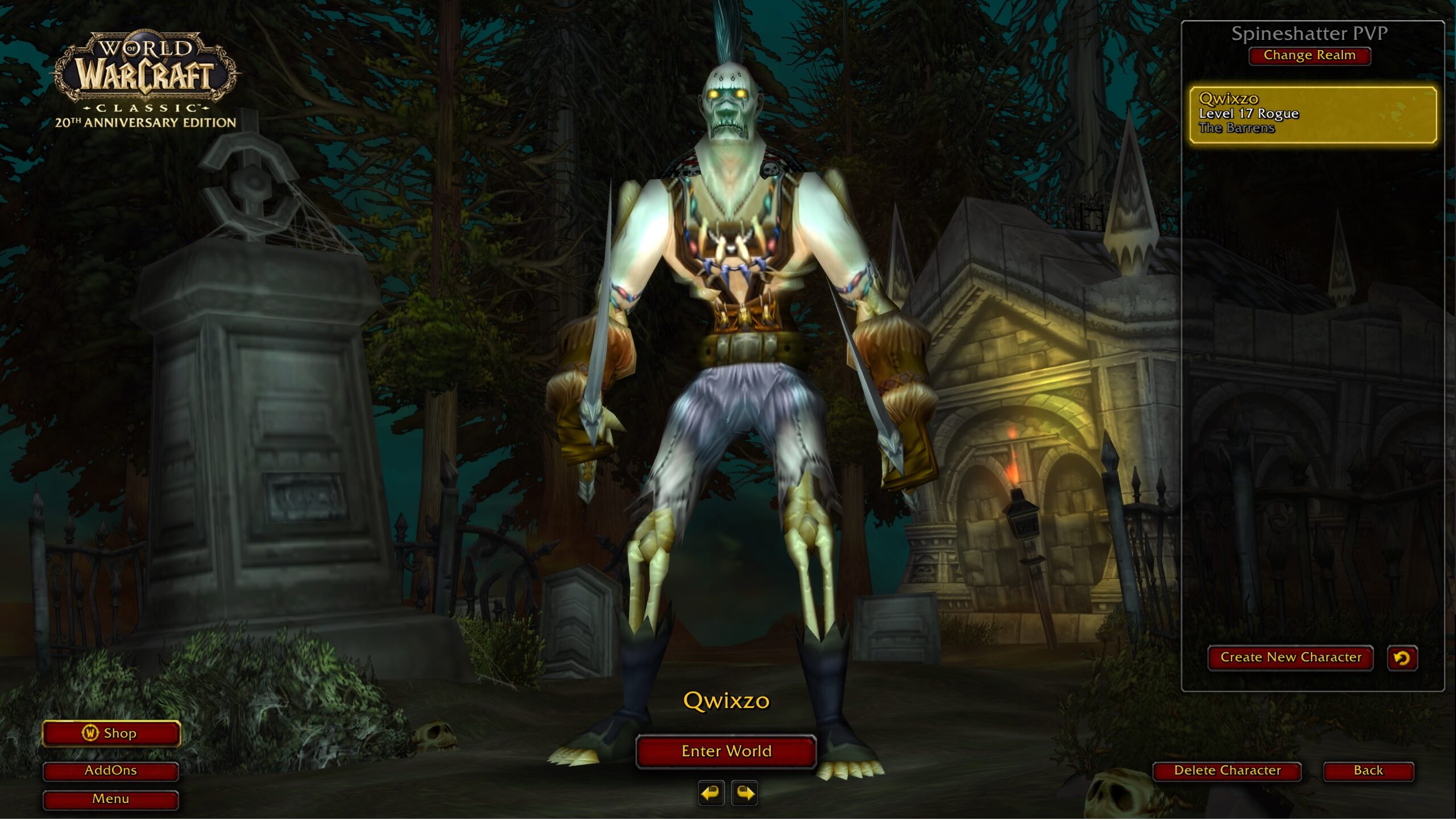Building VR Games on a Budget: Where to Cut, Where to Invest — Was It Worth It?
1. Why Budget VR Game Development Still Matters
Virtual reality remains a small but fast-growing slice of the gaming ecosystem. Analysts estimate the VR gaming market will surpass $45 billion by 2027, growing at 35%+ annually. Titles like Real VR Fishing have drawn nearly a million users and generated $15 million in revenue since launch. So yes, even in 2025, VR can be profitable, especially for niches and standout indie titles.
That said, the VR space is tiny compared to flat gaming. Community feedback reinforces that only the top 10–15% of VR games earn meaningful revenue, and massive titles need huge budgets to break even.
With that context, if you’re working with a budget under $100,000, it’s critical to focus tightly, cut smart, and invest where it counts.
That’s whereexperienced virtual reality game development companiescome in. Studios like NipsApp specialize in creating immersive, optimized, and engaging VR experiences on realistic budgets. By leveraging proven development pipelines, cross-platform tools, and genre-specific strategies, these companies help startups and studios bring VR concepts to life without overspending. Whether it’s a simple arcade shooter or a niche simulator, partnering with a focused VR development team can dramatically increase your chances of market success—even on a limited budget.
2. Cost Ranges & Where Cuts Can Happen
Typical Budget Tiers
| Tier | Budget | Example Scope |
| Basic / Indie | $20K–$80K | Simple mechanics, limited levels |
| Mid-range | $80K–$250K | Good visuals, structured gameplay |
| High / AAA | $250K–$500K+ | Multiplayer, polished art, advanced UX |
Line-Item Breakdown & Where to Cut
- Hardware & Dev Kits: $4,000–$15,000
- Cutting tip: Use refurbished gear or leasing, and target one mainstream headset.
- Software & Licenses: $500–$3,000
- Prefer free/personal versions of Unity or Unreal.
- 3D Modeling & Assets (30%): $6,000–$20,000
- Cut by using pre-built assets from Unity/Unreal stores.
- Gameplay/Software Dev (25%): $5,000–$15,000
- Limit custom systems; lean on standard engine components.
- UI/UX & Interaction (15%): $3,000–$8,000
- Use templates or basic, clean designs.
- Testing & QA (10%): $5,000–$20,000
- Cut initial QA by in-house testing or small focus groups.
- Marketing & Launch (10–30%):
- Expect to spend 25–30% of your dev budget here.
- Multiplayer add-on: +20–30%
- Skip online modes at first to save costs.
3. Where to Invest — Strategic Priorities
a. Core Mechanics & Controls
Flawed mechanics frustrate immediately. Invest in smooth interaction and user feedback early.
b. User Comfort & Motion Sickness
Target 90 fps or more, optimize rendering, and stick to comfort-first movement.
c. Visual Consistency & Polish
Consistent style, lighting, and sound create immersion. Prioritize polish over feature quantity.
d. Platform Targeting & Optimization
Stick with one headset (e.g. Meta Quest) and optimize deeply.
e. Organic Marketing & Community
Use Discord, devlogs, and influencer outreach to grow buzz without spending much.
4. Was It Worth It? ROI & Risk
Real Stories from Indie VR Devs
- A developer on Gear VR made ≈ $8K in a year, much from YouTube exposure.
- Some devs say VR is a volatile, niche market, with many operating at a loss.
- A $10M VR game must sell 400,000 copies at $40 each to break even.
Pros & Cons Summary
Pros: – Growing market with room for innovation – Lower competition compared to flat gaming – Passion and novelty can fuel traction
Cons: – Market size is small – Only a few titles succeed commercially – High risk without visibility and polish
5. Cut vs. Invest: Recommendations Table
| Budget Item | Where to Cut | Where to Invest |
| Hardware & Kit | Refurbished, lease, single-headset focus | Stable testing setup for target platform |
| Software Licenses | Free community versions, open-source tools | Engine plugins or SDKs that save time |
| 3D Assets | Pre-made, procedural, reuse common props | Custom key items or characters that stand out |
| Gameplay Systems | Use standard engine systems | Smooth grab, motion, interaction polish |
| UI/UX | Basic templates | Comfortable, intuitive VR interface |
| QA / Testing | Internal/automated early | Performance tuning, external playtesting |
| Multiplayer Features | Skip at first | Add only if strong demand and market fit |
| Marketing & Launch | Organic & community-led | Paid ads & influencer if budget allows |
6. Key Takeaways
- The VR market is niche, but growing fast
- Budget projects ($10K–150K) can succeed if scope is focused
- Cut costs on hardware, assets, and bloat, but invest in polish, comfort, and core UX
- Marketing matters as much as development
- Breakout success in VR is rare but possible
Frequently Asked Questions
Q1: What’s the minimum budget to make a playable VR game?
A: You can get a basic VR title running with $20K–$50K by limiting scope, using off-the-shelf assets, and doing most work yourself.
Q2: Should I start with multiplayer or single-player?
A: Begin with single-player. Multiplayer adds 20–30% in complexity and cost.
Q3: Can I really use Unity/Unreal for free?
A: Yes—both offer free tiers for small developers. Paid tiers kick in only above revenue or usage thresholds.
This roadmap is built to help indie creators ask the right questions and spend wisely. With focused development, smart cuts, and community-backed marketing, building a VR game on a budget can be worth it. But it’s not easy. It’s risky. Make something clean, comfortable, human-centered—and you’ll have your best shot at success.







